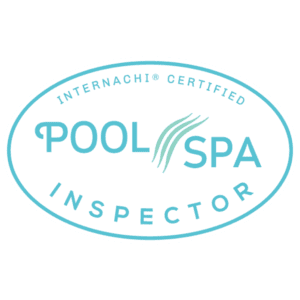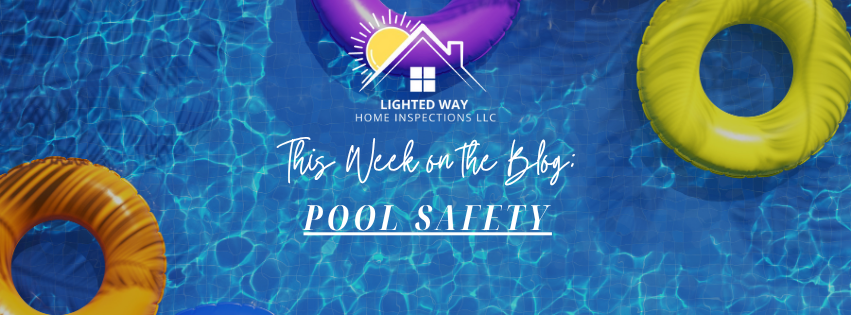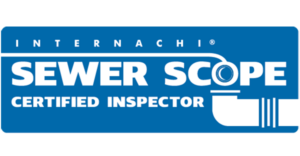Pool Safety Tips Every Homeowner Should Know
Understanding the Risks Around Residential Pools
This week we’re talking pool safety. Summer in Texas hits different, especially when the temperatures climb into triple digits and the pool becomes the most popular spot in the backyard. When we had our own pool, it was the heart of birthday parties, late-night swims, and lazy afternoons. But no matter how relaxed the atmosphere, we always had a designated “pool watcher” (usually our teenage neighbor I paid hourly!) for the kids’ birthday parties and other family gatherings.
Residential pools can be a source of joy and connection but without proper safety measures, they can also pose serious risks.
According to the CDC, drowning is the leading cause of unintentional death among children aged 1 to 4. Slips, electrical hazards, and unsupervised access are all common contributors to pool-related injuries. As home inspectors, we’ve seen firsthand how seemingly small oversights can present real dangers…
InterNACHI’s Key Pool Safety Recommendations
To promote safe residential pool environments, InterNACHI (International Association of Certified Home Inspectors) outlines several vital recommendations:
-
Fencing and Barriers: Pools should be enclosed with a minimum 4-foot-high barrier that completely surrounds the pool area.
-
Self-Closing, Self-Latching Gates: Gates should swing outward and be equipped with latches out of a child’s reach (at least 54 inches from the ground).
-
Alarms: Door, gate, and surface wave alarms are recommended to alert homeowners of unsupervised access or water disturbances.
-
Pool Covers: Safety covers should meet ASTM F1346-91 standards and be properly secured when the pool is not in use.
-
Anti-Entrapment Drain Covers: In compliance with the Virginia Graeme Baker Pool and Spa Safety Act, these covers prevent suction-related injuries and entrapment.
These guidelines create layers of protection that can significantly reduce the risk of accidents.
Creating Physical Barriers That Work
Barriers are the first line of defense against unauthorized pool access. A compliant barrier should be at least 48 inches high and made of non-climbable material. Gaps in fencing should be less than 4 inches wide to prevent small children from squeezing through. Self-closing, self-latching gates should be maintained regularly to ensure functionality, and no furniture, planters, or other climbable objects should be placed nearby.
For above-ground pools, removable ladders or locked entry systems are essential to prevent easy access when the pool is not in use.
Safe Pool Equipment and Maintenance
Safety also extends to the condition and setup of pool equipment. All electrical components—like lights, pumps, and heaters—should be properly bonded and grounded to avoid electrocution risks. Pool chemicals must be stored in a cool, dry, well-ventilated area and away from children and pets.
Routine inspections are key: check for cracks in the deck, loose handrails, or faulty filter systems. Make sure the suction outlets are properly covered and compliant with anti-entrapment standards. Equipment should always be installed or serviced by a licensed professional to ensure it meets safety codes.
We’re Here to Help
At Lighted Way, we’re proud to be InterNACHI-certified pool and spa inspectors. That means when we inspect a property with a pool, we’re not just checking boxes—we’re helping protect lives with the highest safety standards in the industry.
If you have questions about your current pool setup, are buying a home with one, or just want peace of mind before summer, let us know. We’re here to help shine a light on what’s safe, what needs attention, and how you can enjoy your pool with confidence.
Here’s to an amazing summer!

More Here: https://www.nachi.org/poolsafety.htm










Leave a Reply
Want to join the discussion?Feel free to contribute!